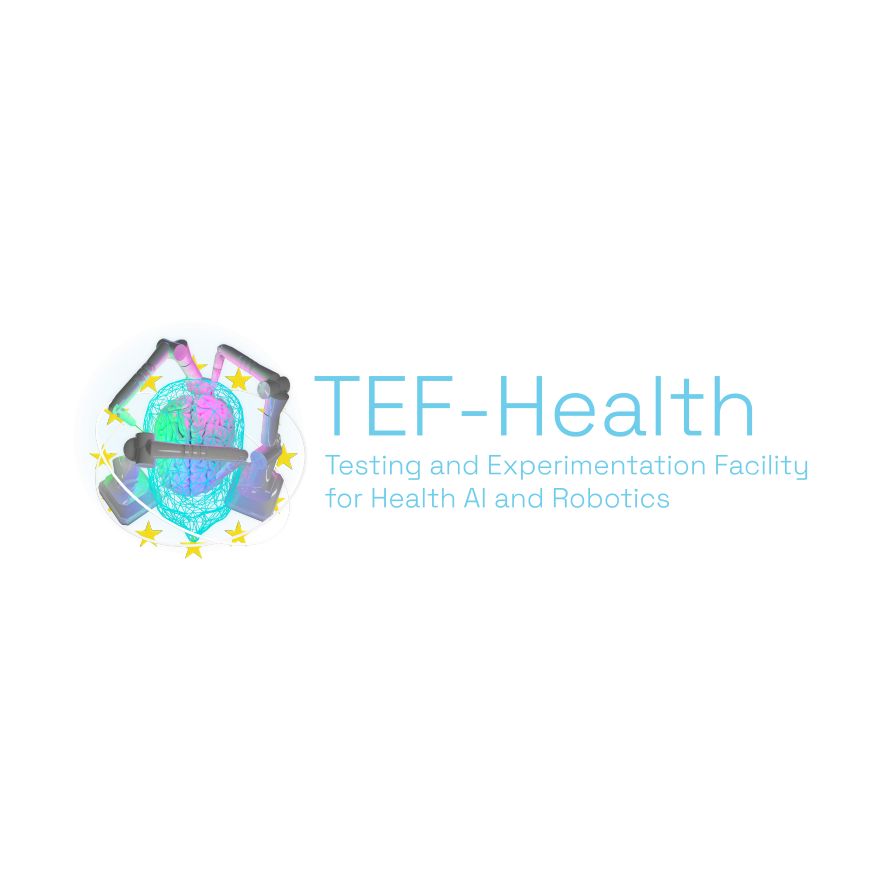
Visual brain areas switch their state as soon as the eyes are opened, new study shows

The macaque primary visual cortex shows two different patterns of activity depending on whether the eyes are open or closed, study shows. Image: Morales-Gregorio et al. Cell Reports (2024).
A recent study conducted by researchers at Forschungszentrum Jülich (Germany) reveals insights into the functioning of the visual cortex of macaques. The findings, published in Cell Reports, demonstrate that the primary visual cortex, also called V1, in monkeys shows two different patterns of brain activity depending on whether their eyes are open or closed.
The coordinated activity of many neurons in the brain can be described as a manifold. Using electrophysiological data, the researchers found that the visual cortex activity switches between two of such neural manifold patterns, as soon as the eyes are being opened or closed.
The team has also found strong signals from a higher visual area called V4 to V1, particularly in the foveal region of the primary visual cortex, which processes information from the central part of the retina. This communication is significantly stronger when the eyes are open, a previously unknown effect. The researchers were further able to reproduce the manifold switching behaviour in computer simulations of a spiking neuron network, reinforcing their findings about the role of the V4-to-V1 signals.
The work was supported by several digital EBRAINS tools. Using the Electrophysiology Analysis Toolkit Elephant from EBRAINS, the researchers found the neural manifolds and the top-down signals. And using the EBRAINS-powered neural simulation tool NEST, they confirmed that top-down signals can cause a switch between two manifolds in a spiking neuron network.
Taken together, the findings suggest that as soon as the eyes open, signals between the different cortical areas prepare the primary visual cortex for fast and efficient vision, even in a dark room.
“We think that when the eyes are open, top-down signals prepare the visual cortex for quick and efficient responses, like a visual stand-by mode”, said Dr. Aitor Morales-Gregorio, author of the study.
The authors suspect that, because macaques are evolutionarily closely related to humans, a similar phenomenon might also occur in the human brain, though further research is necessary to confirm this.
These findings may have implications for the development of visual prosthetics for blind people that stimulate the visual cortex. “Visual neuroprosthetics can create tiny visual percepts (phosphenes) in both humans and macaques. Understanding the underlying activity patterns can help us design the optimal input for neuroprosthetics to speak with the brain in its own language”, explained Morales-Gregorio.
Read the paper:
Neural manifolds in V1 change with top-down signals from V4 targeting the foveal region. Cell Reports (2024).
Aitor Morales-Gregorio, Anno C. Kurth, Junji Ito, Alexander Kleinjohann, Frédéric V. Barthélemy, Thomas Brochier, Sonja Grün, Sacha J. van Albada.
News & events
All news & events- News25 Apr 2025


- News16 Apr 2025

